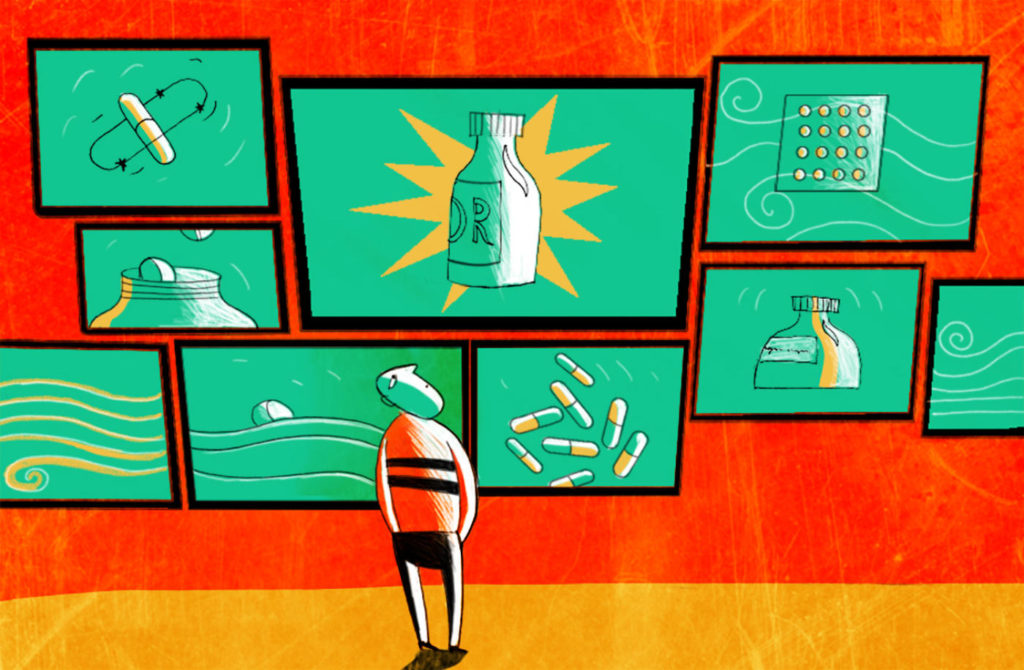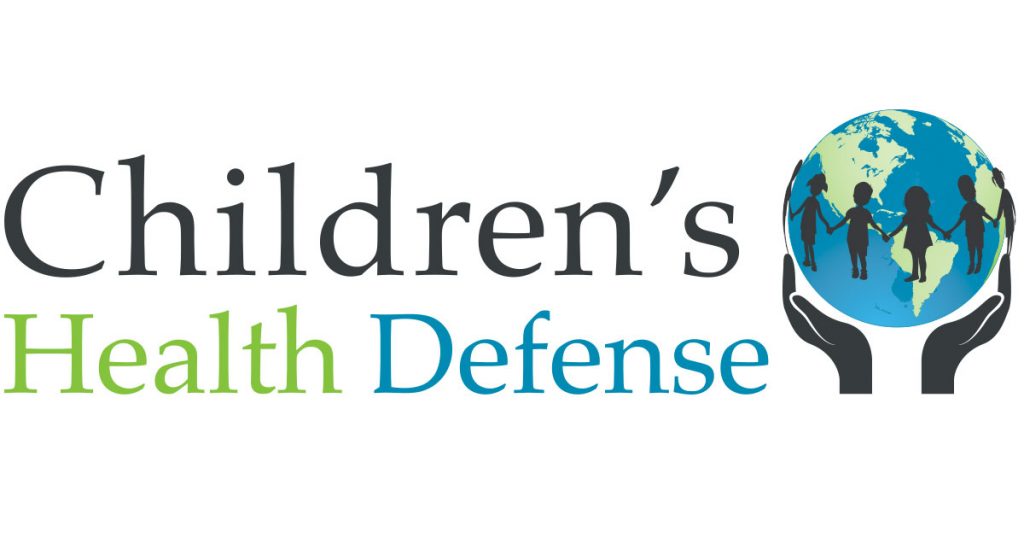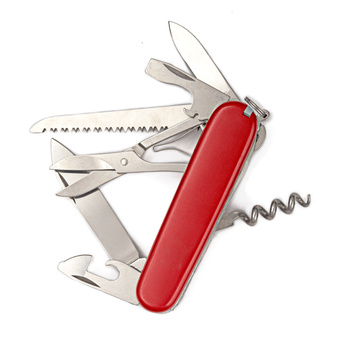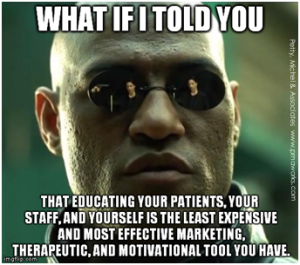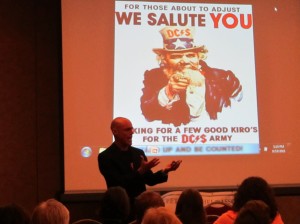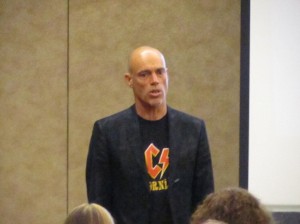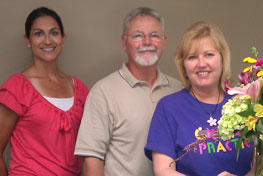
The outcomes you produce as a doctor depend upon the patient following through with their care plan.
There are many procedures to help the patient follow through. But they all stem from the mission and goals of the office and the agreements made between the patient and the doctor on the initial visits.
- Office Mission and Goals: Help people become healthier and function better.
- Patient Goals and Plan to Achieve Them. These are discovered and defined with the doctor, and a plan is agreed upon to achieve them.
Everything in your office is based upon these goals and this plan. All staff interactions with the patient can be considered “standing orders” from the doctor derived from the agreement made with the patient. The authority to schedule patients, work out finances, and apply therapies are all based upon what the doctor has ordered based on the above goals.
Goalineering: Aligning Chiropractic Procedures with Patient Goals
Every few months, you can review the sequence of actions the patient experiences from their initial visit to completing their treatment plan. Look at all the points that influence patient commitment to their care plan. Look at what is done, what is said, and how it can be improved and better aligned with the patient’s goals.
This is engineering your procedures with your goals – or GOALINEERING!
For example:
- Diagnostic procedures. (Consultation and history – be thorough; don’t be superficial. Exam, imaging) Goal: Discover what the patient wants and needs.
- Report of Findings procedures. (Causes of issues. Plans: consequences of no plan, mini-plan, and thorough plan. Agreement or not to care plan.) Goal: Work out the best care plan and secure the patient’s agreement to achieve it.
- Post-Report of Findings procedures. (Financial agreement, scheduling agreement, agreements to office policies with a staff member who is an assistant coach!) Goal: Work out all administrative details with the patient on their care plan so they can focus on their health goals without distractions or confusion.
- Front Desk follow-up procedures. (Aggressively friendly and a demon on control as an assistant coach! Front Desk RULES the Roost!) Goal: Keep the patient on track to achieving their goals.
- Daily visit procedures. (Give encouragement and reaffirm goals.) Goal: Keep the patient motivated to achieve their goals.
- Progress exam/reports. (Show progress, give encouragement, and reaffirming goals.) Goal: Keep the patient motivated to achieve their goals.
- Other: (Rewards, e.g., t-shirt after 12 visits. Patient education class and patient successes.) Goal: Keep the patient motivated to achieve their goals.
Review these activities, practice the procedures, and refine them as needed. Also, document what you say and do and keep your notes for later review and training.
Do this, and you will improve patient retention and outcomes and follow through.
Ed

